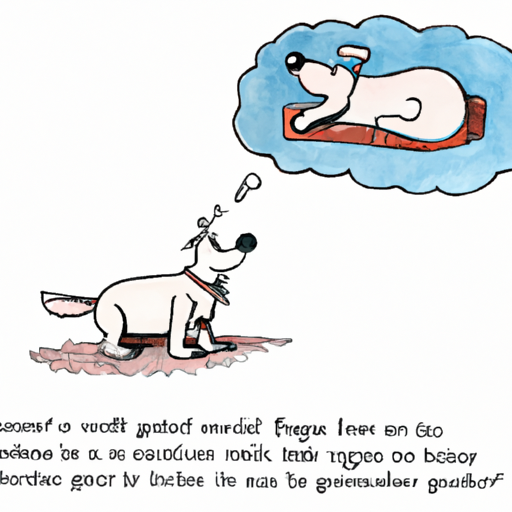Dogs, as the saying goes, are man’s best friend. But sometimes, our four-legged friends’ behaviors can be quite puzzling. As dog owners, we can’t help but wonder, “What is going on in my dog’s head?” This comprehensive guide will delve into the world of canine behavior to help you better understand your furry friend.
Table of Contents
- Understanding Dog Behavior
- Common Dog Behaviors and Their Meanings
- How to Encourage Positive Dog Behavior
- Frequently Asked Questions
Key Takeaways
- Dogs communicate primarily through body language.
- Understanding your dog’s behavior can help improve your bond and effectively address behavioral issues.
- There are a variety of methods to encourage positive behavior in dogs.
Understanding Dog Behavior
Just like humans, dogs have their unique personalities and ways of expressing their feelings. However, there are universal signals that most dogs exhibit. These signals can provide valuable insights into your dog’s mental and emotional state. This understanding is the key to building a strong bond with your pet, providing them with the care they need, and addressing any potential behavioral issues.
One essential tool for decoding dog behavior is a dog behavior chart. These charts provide a visual guide to different dog behaviors and their general meanings. You can find a comprehensive dog behavior chart at The American Kennel Club’s website.
Common Dog Behaviors and Their Meanings
Here are some of the most common dog behaviors and what they usually mean:
-
Tail Wagging: Contrary to popular belief, a wagging tail doesn’t always mean a happy dog. The speed and direction of the tail wag can indicate a variety of emotions, including happiness, aggression, or fear.
-
Licking: Dogs often lick their owners as a sign of affection. However, excessive licking can be a sign of anxiety or health issues.
-
Barking: Dogs bark for a multitude of reasons, such as alerting their owners to potential danger, expressing excitement, or seeking attention.
-
Chewing: While chewing can be a normal behavior for puppies, excessive chewing in adult dogs can indicate boredom or anxiety.
-
Rolling Over: A dog rolling over and exposing its belly is a sign of submission and trust.
For a more detailed explanation of these behaviors and many others, consider visiting One Top Dog’s guide on decoding your dog’s behavior.
How to Encourage Positive Dog Behavior
Encouraging positive behavior in dogs is all about consistency, patience, and positive reinforcement. Here are some strategies you can use:
-
Training: Regular training sessions can help your dog learn desired behaviors and unlearn problematic ones.
-
Positive Reinforcement: Rewarding your dog for good behavior can motivate them to repeat those behaviors.
-
Socialization: Exposing your dog to a variety of situations, people, and other animals can help them become more confident and well-behaved.
-
Mental Stimulation: Keeping your dog mentally engaged can prevent boredom and related behavioral issues.
For more in-depth information on promoting positive behavior in dogs, you can check out One Top Dog’s comprehensive guide.
Frequently Asked Questions
Q: Why does my dog keep barking at nothing?
A: Your dog might be barking due to boredom, fear, or hearing sounds that you can’t.
Q: My dog keeps chewing on furniture. How can I stop this?
A: Provide your dog with appropriate chew toys and ensure they’re getting enough physical and mental stimulation. If the behavior persists, consider consulting a professional dog trainer.
Q: Why does my dog follow me everywhere?
A: Your dog might be following you because they see you as their pack leader, they’re anxious, or they simply enjoy your company.
To further explore these and other questions, you may find this FAQ section on One Top Dog very helpful.
In conclusion, understanding your dog’s behavior can significantly improve your relationship with them and ensure their well-being. With patience and observation, you’ll soon be able to decipher your dog’s unique language and respond to their needs effectively. Remember, every dog is different, so don’t be discouraged if some behaviors take time to understand.



